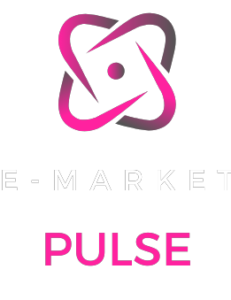

What is Product Development and How Best to Approach It ?
Introduction
In today’s fast-paced business landscape, staying competitive and meeting ever-evolving consumer demands requires a proactive approach to innovation. This is where product development comes into play. Product development is the process of creating new products or enhancing existing ones to meet market needs and generate value for both businesses and consumers. In this blog post, we’ll delve into what product development entails and explore the best strategies to approach it successfully.
Understanding Product Development: The Basics
Product development encompasses a series of stages that transform an initial concept into a market-ready product. Here’s a breakdown of these essential stages:
1. Idea Generation: The process begins with idea generation. This can stem from various sources, such as customer feedback, market research, or the identification of unmet needs. The goal is to identify a concept with potential value.
2. Idea Screening: Not all ideas are feasible or align with business goals. In this stage, ideas are evaluated, and those with the most potential are selected for further development. This step involves considering factors like market demand, profitability, and alignment with the company’s mission.
GET EXCLUSIVE ACCESS TO OUR EXPERTS THIRD PARTY PLATFORM SELLERS' TIPS AND ADVICE:
- Get AHEAD of the Competition.
- FREE Membership to Sarah’s Weekly Insiders secrets.
- FREE tailored resources and gifts.
- PLUS qualify to receive personal email support.

* We respect your privacy. We will not spam you.
3. Concept Development and Testing: Once an idea is selected, it’s time to develop a detailed concept. This includes creating a prototype, defining features, and outlining the product’s unique selling points. Concepts are then tested with a target audience to gather feedback and make necessary adjustments.
4. Business Analysis: In this phase, a thorough analysis is conducted to assess the financial viability of the product. It involves estimating costs, pricing, sales projections, and potential return on investment.
5. Product Development: With a green light from the business analysis, the product development phase begins. This is where the actual product is designed, engineered, and manufactured, including any necessary testing and quality assurance.
6. Test Marketing: Before a full-scale launch, some companies opt for test marketing in select markets. This allows for real-world feedback and insights that can inform final adjustments.
7. Commercialization: Once the product is refined and ready for the market, it’s time for a full-scale launch. This includes marketing, distribution, and sales strategies to maximize the product’s reach and impact.
Best Approaches to Successful Product Development
Now that we’ve covered the stages of product development, let’s explore the best approaches to ensure a successful outcome:
1. Market Research: Thorough market research is the foundation of successful product development. Understand your target audience, their needs, preferences, and pain points. Identify market trends and gaps that your product can fill. This knowledge will guide your decisions at every stage of development.
2. Cross-Functional Collaboration: Effective product development involves collaboration among various departments within your organization, including marketing, engineering, design, and finance. Encourage open communication and a shared vision among these teams to ensure a seamless development process.
3. Agile Development: In today’s dynamic business environment, agility is essential. Embrace agile product development methodologies that allow for flexibility, quick adjustments, and iterative development based on customer feedback.
4. Prototyping and Testing: Develop prototypes or minimum viable products (MVPs) early in the process. Test them with real users to gather feedback and validate assumptions. This approach reduces the risk of investing heavily in a product that may not meet market expectations.
5. Customer-Centric Approach: Keep the end user in mind throughout the development process. Focus on delivering value and solving their problems. Continuously gather and incorporate customer feedback to refine your product.
6. Risk Management: Identify potential risks and challenges that may arise during development. Develop contingency plans to mitigate these risks and maintain project momentum.
7. Quality Assurance: Ensure rigorous quality assurance and testing procedures to deliver a product that meets or exceeds quality standards. A product with reliability issues can damage your brand’s reputation.
8. Post-Launch Monitoring: Your work doesn’t end with the product launch. Monitor how the product performs in the market, gather user data, and be prepared to make improvements and updates based on real-world usage.
Conclusion
A successful product development is a dynamic and iterative process that requires a deep understanding of your target market, a customer-centric approach, and a willingness to adapt and innovate. By following these best approaches and embracing a proactive attitude toward innovation, your business can bring valuable products to market that meet the evolving needs of your customers, stay competitive, and drive growth.
MORE LIKE THIS...
Bringing you the latest information, ideas, products and services for your E-commerce business.
Copyright 2024 E-Market Pulse
Contact Us
We may receive compensation from partners listed through affiliate partnerships, at no cost to you. This doesn’t influence our ratings, and the opinions are our own
Subscribe to our Newsletter
Get updates on products and services specially targeted to help you succeed.
